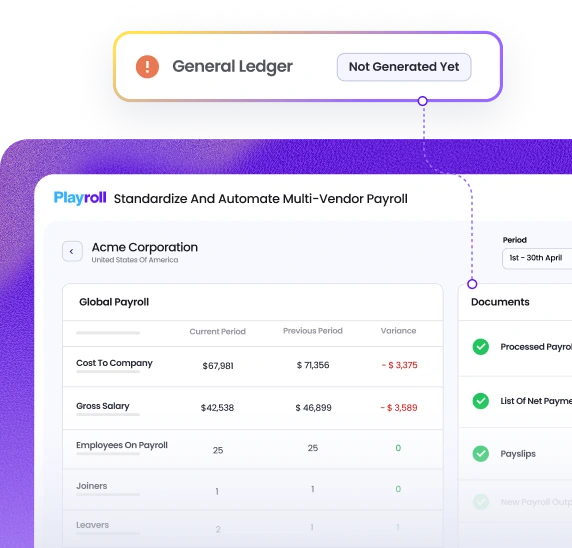What is a Good Salary in New York?
What is considered a 'good' salary can vary based on factors like location, lifestyle, and industry. In New York, a salary in the range of $70,000 to $100,000 is generally considered comfortable for a single person. This range allows for a modest lifestyle, covering rent, utilities, transportation, and discretionary spending. However, in cities like New York City and Riverside, the cost of living is notably higher, which is reflected in median salaries reaching $73,950 in New York City, with 80% of salaries falling between $34,451 and $169,650.
Average Salary by Cities in New York
The cost of living can vary widely from one city to another, and that impacts both how far salaries stretch and what professionals expect in terms of pay. Cities with higher living costs – like those with hot housing markets or tech hubs – tend to have higher salary expectations.
Familiarizing yourself with the average salary ranges per location can help you plan better and make sure your compensation packages are in line with local expectations to attract and retain top talent. Here’s a quick look at salary ranges across different cities in New York, to get a sense of competitive salaries based on local factors:
| City | Monthly Salary | Annual Salary |
|---|
| New York City | $6,162.50 | $73,950 |
| Buffalo | $4,500 | $54,000 |
| Rochester | $4,666.67 | $56,000 |
| Syracuse | $4,617.25 | $55,407 |
| Albany | $4,833.33 | $58,000 |
Salary Earnings Based on Experience Level in New York
Salaries naturally increase with experience – this applies to both new hires and existing team members. When planning for new positions, it's important to consider how salary ranges change at different seniority levels. This will help ensure you're meeting salary expectations, retain employees and create a fair working environment.
Here’s a breakdown of how monthly and annual salary ranges grow with experience in New York:
| Experience Level | Monthly Salary | Annual Salary |
|---|
| Entry-Level Jobs (0-2 years experience) | $3,750 - $5,000 | $45,000 - $60,000 |
| Mid-Level Jobs (3-5 years experience) | $5,000 - $7,500 | $60,000 - $90,000 |
| Senior Roles & Managers | $7,500 - $12,500 | $90,000 - $150,000 |
| Executive & C-Level | $12,500 - $41,667+ | $150,000 - $500,000+ |
Average Salaries by Job Title in New York
Building a competitive compensation package means knowing what the going rate is for specific roles. We’ve compiled the most recent salary data by job title for New York, making it easier for you to compare roles, match your offers with the market, and make sure your team is paid fairly.
| Job Title | Monthly Salary | Annual Salary |
|---|
| Software Engineer | $8,333 - $10,000 | $100,000 - $120,000 |
| Marketing Manager | $6,667 - $8,333 | $80,000 - $100,000 |
| Financial Analyst | $5,833 - $7,500 | $70,000 - $90,000 |
| Operations Manager | $7,083 - $9,167 | $85,000 - $110,000 |
| Sales Executive | $5,000 - $7,500 | $60,000 - $90,000 |
Highest Paying Jobs in New York
- Surgeon: $400,000 - $600,000
- Psychiatrist: $220,000 - $300,000
- Orthodontist: $250,000 - $350,000
- Anesthesiologist: $300,000 - $450,000
- Corporate Lawyer: $200,000 - $400,000
- Investment Banker: $150,000 - $350,000
- IT Director: $150,000 - $250,000
- Pharmacist: $130,000 - $160,000
- Software Engineer: $100,000 - $150,000
- Marketing Director: $120,000 - $180,000
Monthly Cost of Living in New York
In New York, the cost of living is significantly higher than the national average, especially in urban areas like New York City. Housing expenses are 112% higher than the national average, driven by the high demand and limited availability of properties in the city. Utility costs are around 9% higher than the national average, influenced by the state's diverse climate and energy needs. Transportation expenses, including gas prices and public transit, are approximately 14% higher than the national average, with costs driven by the extensive commuter network and high fuel prices in urban areas.

Median Home Price
$501,982

Median Rent
$3,700 to $4,600
/ month
Compliant, In-State Payroll Processing in the U.S. with Playroll
We cut payroll processing time by 80%, ensure full compliance, and provide hands-on support for both employers and employees.
-

Local, state-accurate payroll execution
-

Consolidate payroll inputs and variance reporting
-

State-specific compliance, taxes, and filings built-in







.svg)
.svg)
.svg)








.svg)



.png)
.webp)
.webp)








.svg)